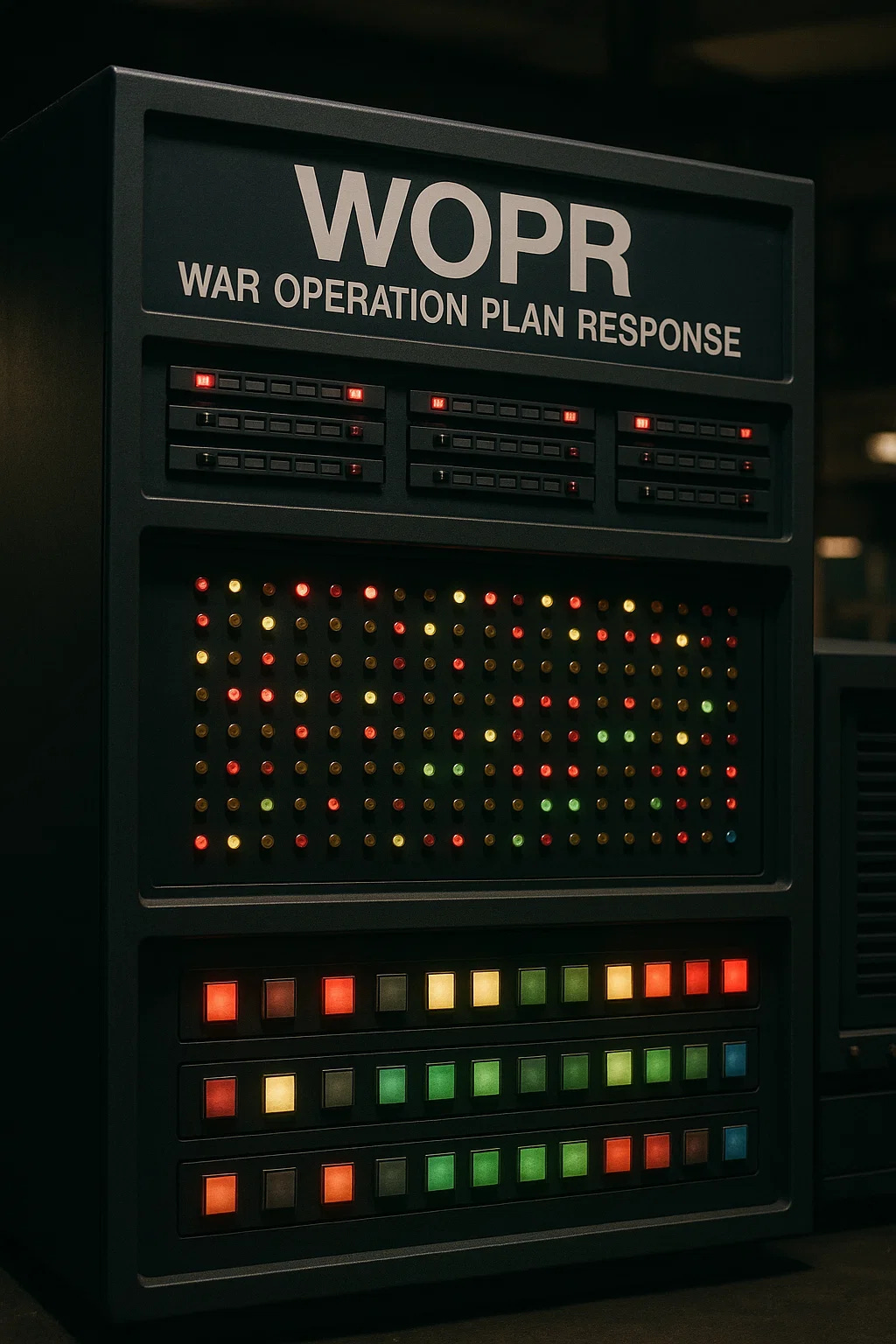FLASH: WOPR UPDATE (10 Sep 2025, 12:22 UTC)
following incoming reports from Ukrainian journalists regarding troop movements and base construction in Belarus the odds are shifting away from a peaceful solution
A) Article 4 → observable Russian/Belarusian pullback: 18% (down from 30%) Why down: fresh construction and force-beddown create sunk costs; withdrawing now would undercut Zapad-2025 narratives and the deterrence theater they’re building.
B) Managed standoff (reinforced NATO CAP/SAMs; no further violations but no pullback): 44% (≈ steady) Why steady: Article 4, allied CAPs, and political unity can cap escalation without forcing Moscow to reverse deployments.
C) Escalation toward ~16 Sep (Suwalki pressure/grey-zone expansion): 38% (up from 25%) Why up: forward basing + repeated cross-border probes + border closures are classic pre-crisis shaping. Even if kinetic risk stays limited, tempo and geography point to pressure near the corridor.
Key drivers behind the reweighting
Irreversibility signals: permanent-type infrastructure in Belarus during Zapad suggests intent to stay postured, not just exercise.
Probe pattern: multiple Shahed incursions in one night = testing ROE & seams, not mishap.
Counter-moves: NATO’s visible air/maritime ISR surge deters overt moves but doesn’t roll back what’s already in place.
Political calculus: Moscow gains leverage from ambiguity before 12–16 Sep; a sudden retreat would squander it.
What would swing the odds again
Toward A: verifiable stand-down orders (fewer launches from Belarus, EW quieting, rail traffic reversal) coupled with a conciliatory Kremlin MOD line after Article 4.
Toward C: any new NATO-soil incident (debris, casualties, sabotage) or Belarus/Kaliningrad force surges toward the Grodno–Kaliningrad pairing.
Confidence: medium (fast-moving, grey-zone heavy).




